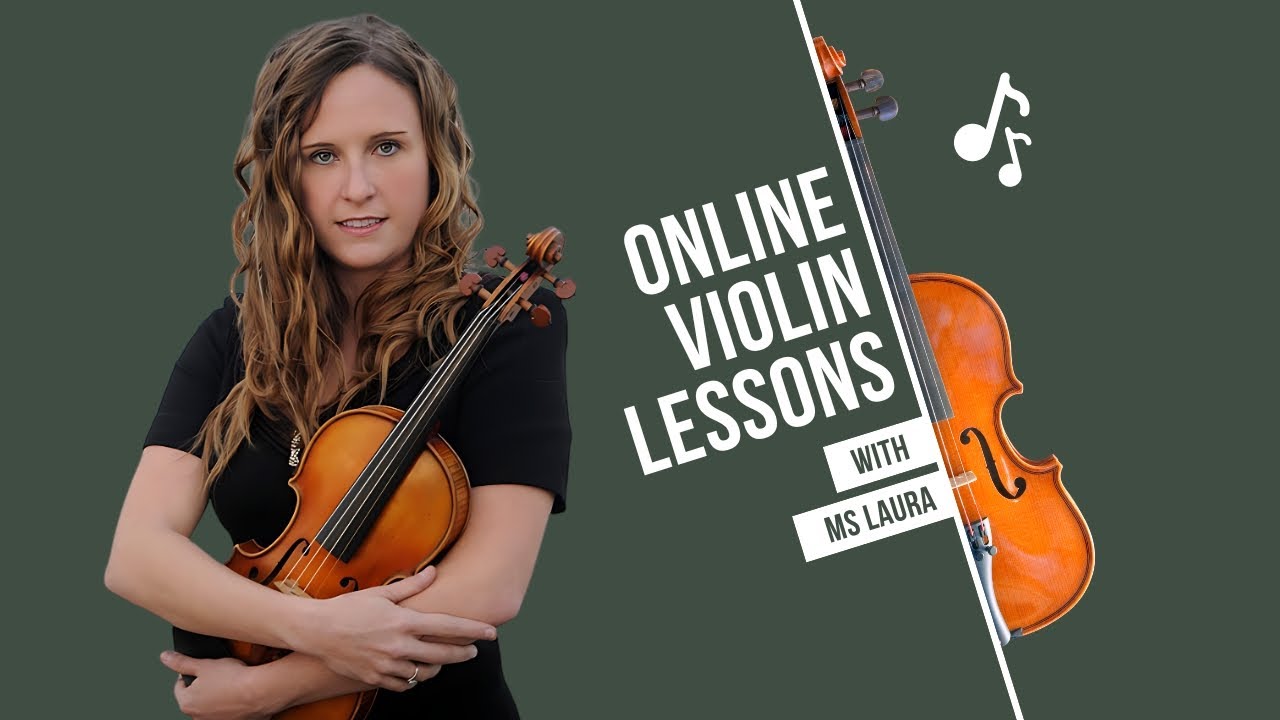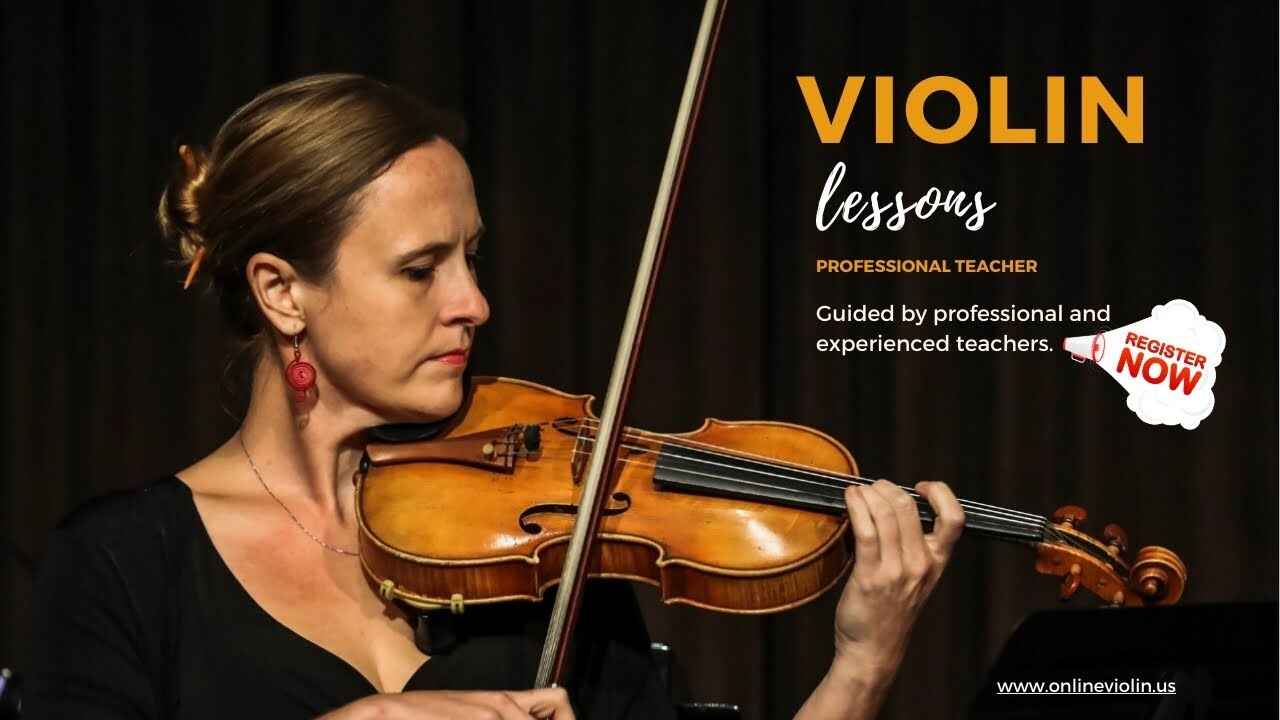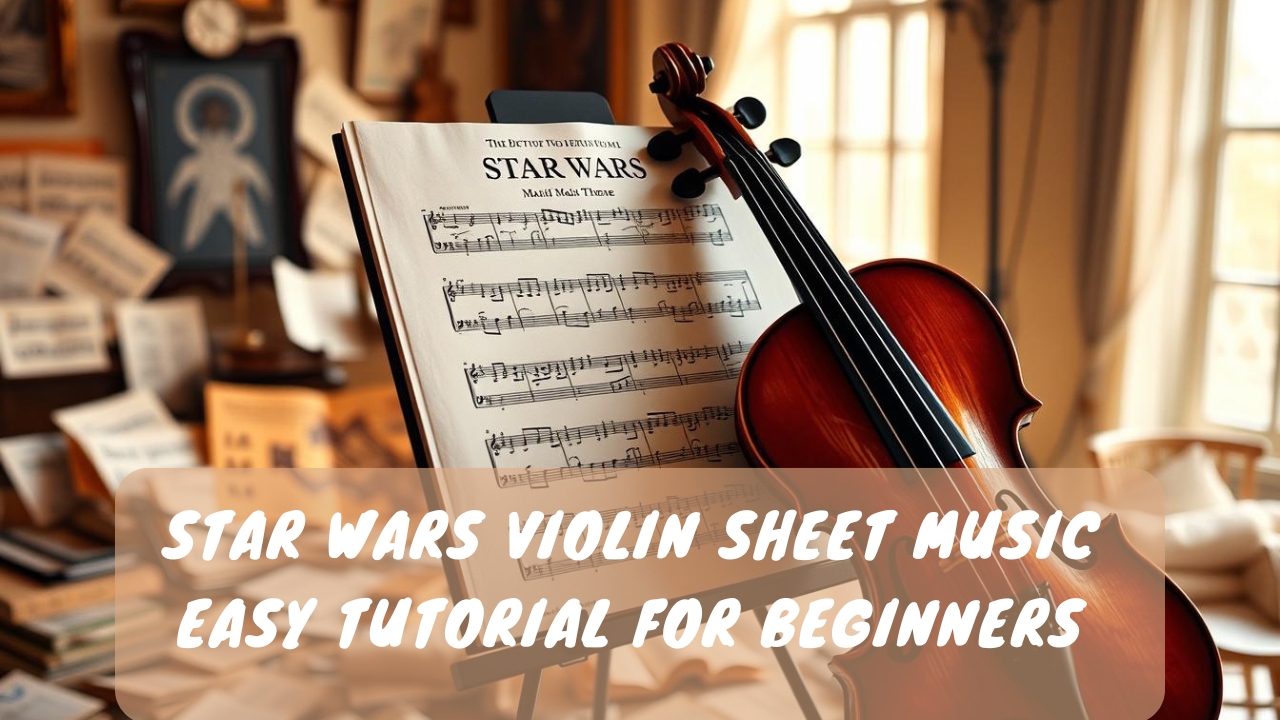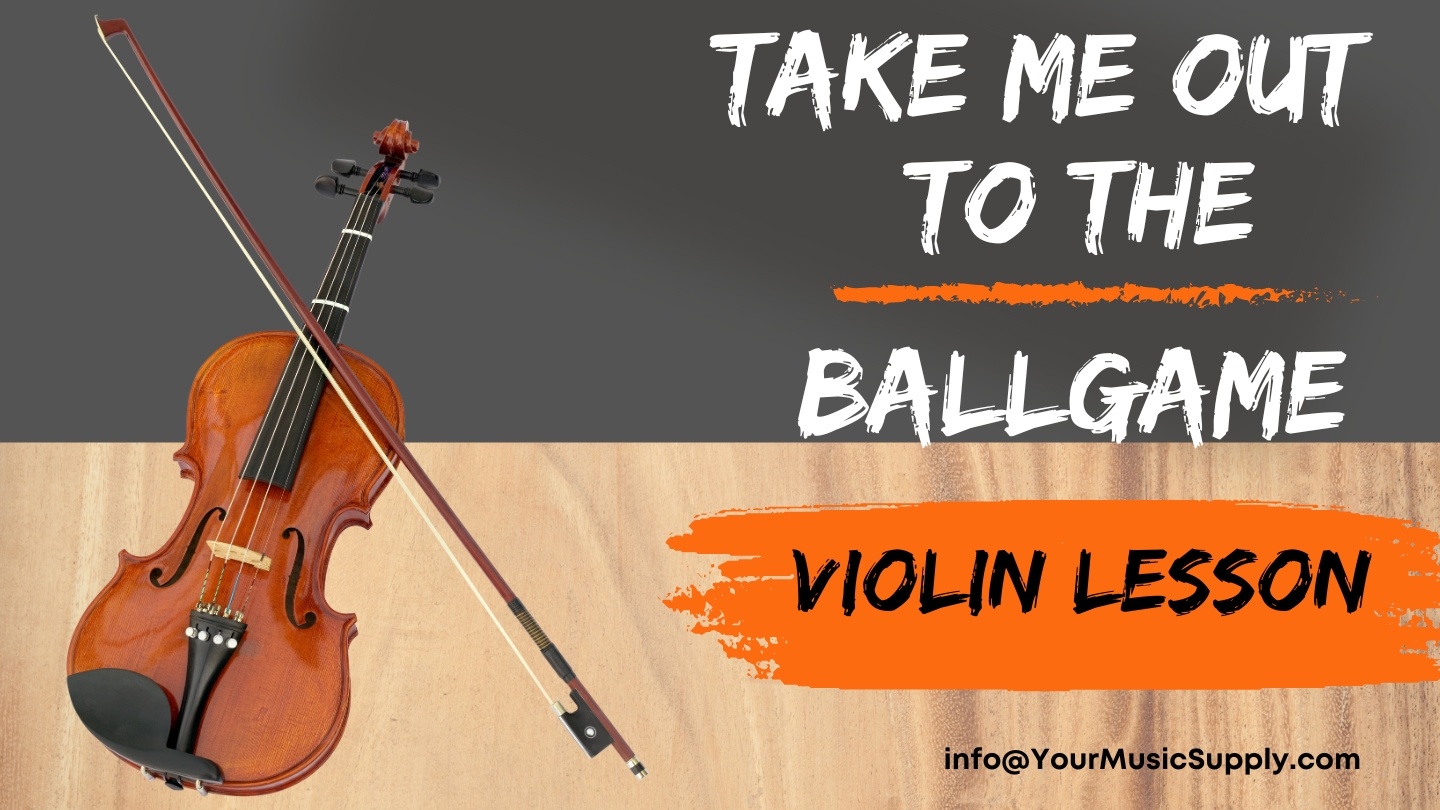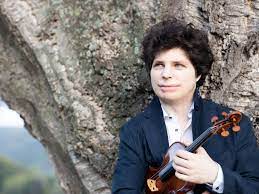Learning the violin is a rewarding experience, and for many, the journey becomes even more enjoyable when shared with others. Violin group classes offer a unique opportunity to learn this beautiful instrument in a dynamic, social environment. If you’ve ever wondered whether you should dive into a group class or stick with private lessons, this guide will help you understand the benefits and structure of violin group classes, and why they might be perfect for you.
What Are Violin Group Classes?
Violin group classes involve several students learning the instrument together under the guidance of an instructor. While each participant might be at a slightly different level, the group shares a common goal: to progress as musicians while benefiting from the energy and support of learning alongside peers.
In a typical group class, students focus on foundational skills such as bowing, finger positioning, and reading sheet music. But more importantly, they engage in ensemble playing, where coordination and teamwork are key to creating harmonious music.
Benefits of Joining a Violin Group Class
Group classes come with several advantages. The most significant benefit is the collaborative learning environment, which can make mastering the violin more enjoyable and less stressful. Here’s a closer look at why group classes stand out:
- Learning in a Collaborative Environment: When you learn in a group, you don’t just pick up skills from the instructor, but from your peers as well. Watching someone else perform can help you understand techniques in ways that are hard to grasp in solo lessons.
- Enhancing Social Skills Through Music: Group classes foster a sense of community. You’ll make friends who share your musical interests, making it easier to stay motivated. Music also provides a creative way to express emotions, helping improve interpersonal connections.
- Encouragement and Motivation from Peers: Seeing the progress of others can push you to keep improving, even on the days when you feel like giving up. Instructors often use peer feedback to help each student recognize their growth and areas for improvement.
Key Differences Between Private Lessons and Group Classes
The choice between private lessons and group classes depends largely on your personal goals. Private lessons offer individualized attention, with the focus entirely on your progress. However, group classes allow for shared learning experiences that can sometimes accelerate your growth, particularly in areas like rhythm and ensemble playing.
Another key factor is cost. Group classes are generally more affordable than private lessons, as the cost is shared among several students. This makes group classes an attractive option for those seeking high-quality instruction without the premium price tag.
Who Should Join a Violin Group Class?
Violin group classes are suitable for a range of ages and skill levels. Beginners often find group classes particularly helpful, as they provide an overview of foundational techniques while introducing students to the social joys of making music together. Intermediate players also benefit from the challenge of performing in an ensemble, which pushes their skills further.
What to Expect in a Violin Group Class
A typical violin group class follows a structured format, beginning with warm-up exercises to get students ready for the lesson ahead. The class will often cover new techniques or concepts, with plenty of opportunities for practice. You’ll also participate in group performances, where playing together teaches you to listen carefully and stay in sync with your fellow musicians.
Essential Skills Taught in Group Classes
In a group setting, you’ll learn both individual and ensemble skills:
- Bowing Techniques: Perfecting the way you move the bow across the strings is essential for good sound production.
- Music Theory and Sight Reading: Understanding the building blocks of music makes it easier to play in tune and with rhythm.
- Group Performances and Ensemble Playing: You’ll practice performing with others, improving your timing, listening skills, and ability to blend with different musical parts.
Advantages of Group Performances
Group performances build confidence. When you perform in front of an audience with your class, you share the stage with others, which can make the experience less nerve-wracking than performing solo. It also strengthens your musicianship, as playing in an ensemble teaches you to listen to others while staying focused on your own part.
The Social Aspect of Violin Group Classes
One of the most enjoyable aspects of group classes is the social interaction. You’ll meet new people, work as a team, and learn how to communicate effectively through music. Building friendships with your classmates can turn a simple class into a support network, where you encourage and uplift each other’s progress.
How to Choose the Right Violin Group Class
When choosing a group class, consider factors such as class size, the instructor’s teaching style, and the curriculum offered. A smaller group may provide more individualized attention, while a larger class can offer diverse perspectives and experiences. Make sure the class aligns with your skill level and personal goals.
Equipment Needed for Violin Group Classes
For group classes, you’ll need the basics: a violin, bow, rosin, and a shoulder rest. Some instructors may also recommend accessories such as a music stand or a tuner, particularly if you plan to practice at home.
Common Challenges in Group Classes
In group classes, it’s important to keep up with the pace. Sometimes, the class might move faster or slower than you’re comfortable with. It’s essential to stay motivated and balance the needs of the group with your own personal progress.
Tips for Succeeding in a Violin Group Class
- Practice Regularly: Even though you’re learning in a group, your individual progress depends on the time you spend practicing outside of class.
- Engage with the Group Actively: Don’t be afraid to ask questions or seek feedback from your peers and instructor. The more engaged you are, the more you’ll learn.
- Ask for Feedback: Take advantage of the diverse feedback available in a group setting. Multiple perspectives can help you improve in areas you might not have noticed on your own.
The Role of the Violin Instructor in Group Classes
The instructor’s role in group classes is to balance individual attention with the needs of the group. A skilled instructor will guide the class, ensuring that every student progresses, even in a shared learning environment.
Conclusion
In summary, violin group classes provide a fantastic opportunity for musicians to grow in a collaborative, supportive environment. They offer a unique blend of social interaction, musical development, and performance opportunities that make learning the violin both rewarding and fun. Whether you’re just starting out or looking to refine your skills, group classes can help you progress in ways you might not experience in


